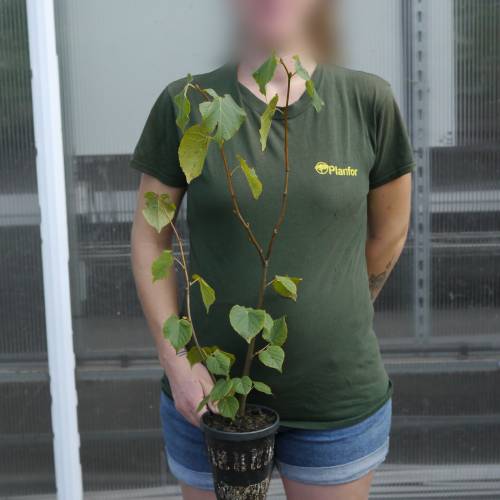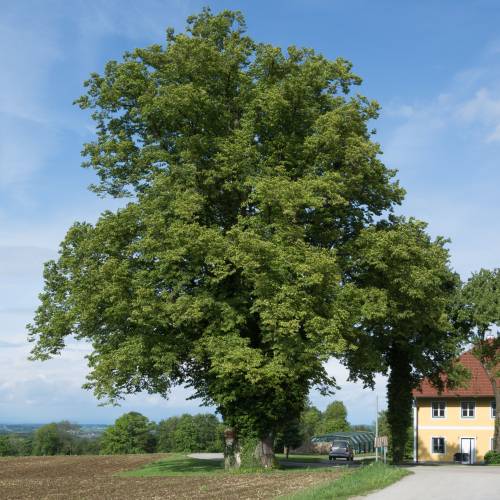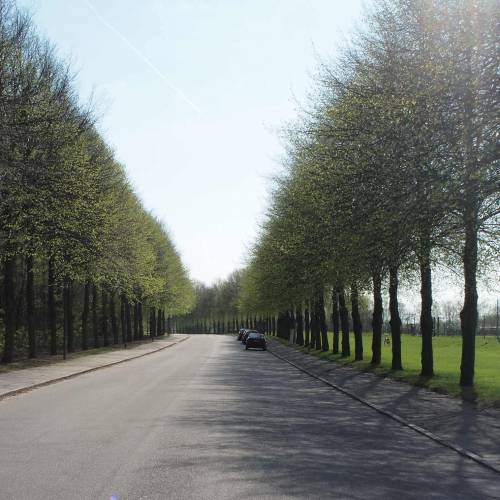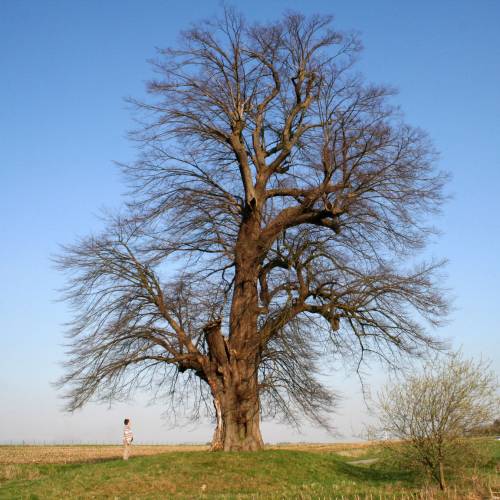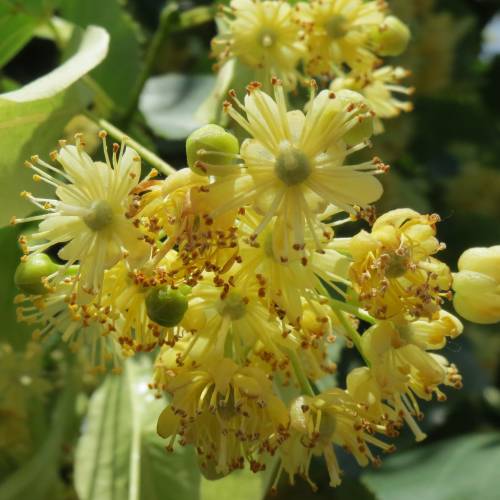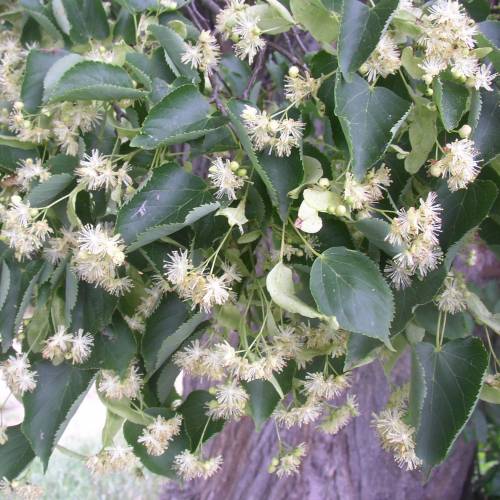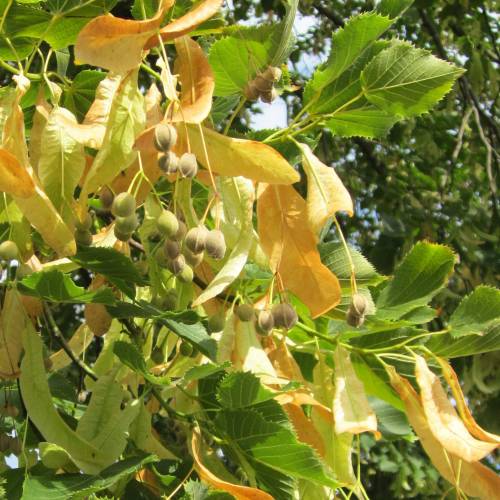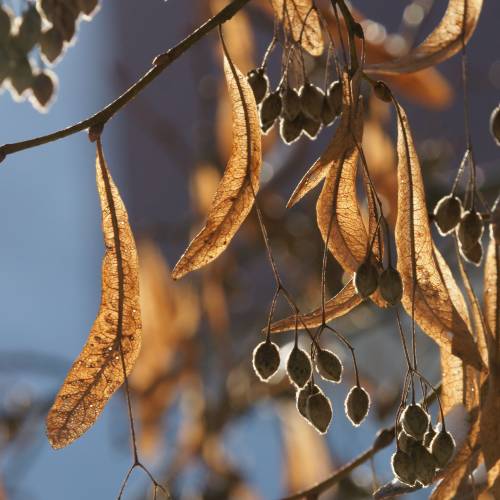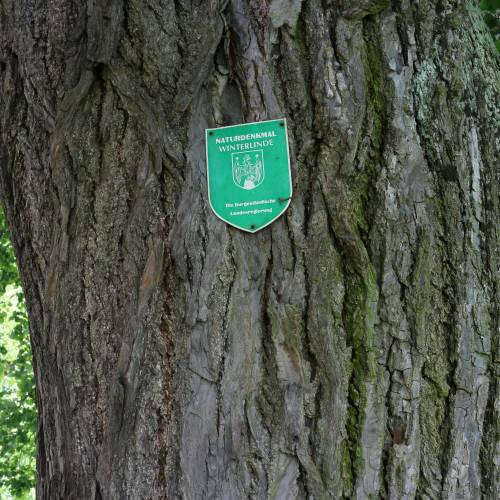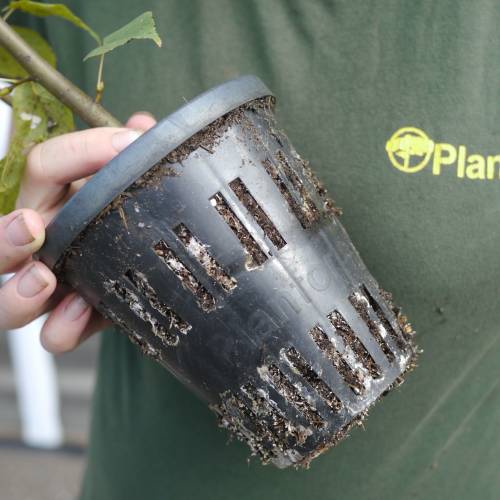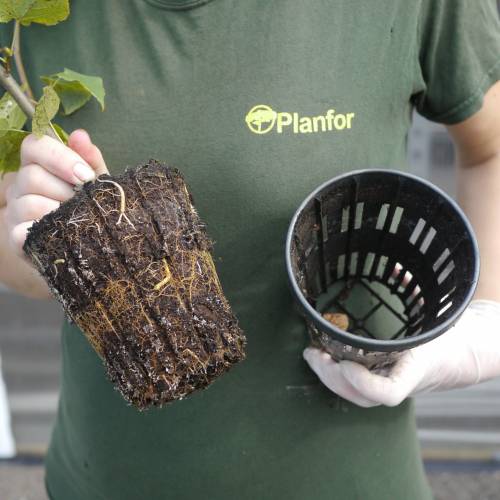
Plants
Lime, small-leaved / Tilia cordata
-
98.28 € Small-leaved Lime 'Greenspire' - Tilia cordata Greenspire
1866T - Available
-
79.48 € Small-leaved Lime - Tilia cordata
1866I - Available
-
77.48 € Small-leaved Lime - Tilia cordata
1866IC - Available
-
74.28 € Small-leaved Lime - Tilia cordata
1866H - Available
-
72.28 € Small-leaved Lime - Tilia cordata
1866HC - Available
-
67.08 € Small-leaved Lime - Tilia cordata
1866IM - Available
-
62.35 € Small-leaved Lime - Tilia cordata
1866IN - Available
-
20.28 € Small-leaved Lime - Tilia cordata
1866KB - Available
-
19.71 € Small-leaved Lime - Tilia cordata
1866KC - Available
-
18.67 € Small-leaved Lime - Tilia cordata
1866KD - Available
-
17.63 € Small-leaved Lime - Tilia cordata
1866KE - Available
-
15.08 € Small-leaved Lime - Tilia cordata
1866KJ - Available
-
14.51 € Small-leaved Lime - Tilia cordata
1866KK - Available
-
13.99 € Small-leaved Lime - Tilia cordata
1866KL - Available
-
13.47 € Small-leaved Lime - Tilia cordata
1866KM - Available
-
12.95 € Small-leaved Lime - Tilia cordata
1866KN - Available
-
9.88 € Small-leaved Lime - Tilia cordata
1866KO - Available
-
9.31 € Small-leaved Lime - Tilia cordata
1866KP - Available
-
8.79 € Small-leaved Lime - Tilia cordata
1866KQ - Available
-
8.27 € Small-leaved Lime - Tilia cordata
1866KR - Available
-
7.75 € Small-leaved Lime - Tilia cordata
1866KS - Available
-
5.72 € Small-leaved Lime - Tilia cordata
1866JB - Available
-
5.15 € Small-leaved Lime - Tilia cordata
1866JC - Available
-
4.63 € Small-leaved Lime - Tilia cordata
1866JD - Available
-
3.85 € Special Offer - 30%
1866JY - Available
-
3.06 € Small-leaved Lime - Tilia cordata
1866MG - Available
-
2.54 € Small-leaved Lime - Tilia cordata
1866MH - Available
-
2.03 € Small-leaved Lime - Tilia cordata
1866MI - Available
-
0.00 € Small-leaved Lime - Tilia cordata
1866G - Request for quotation
-
Area of origin: Europe.
Adult Dimensions: Height up to 30m (98,4'), width up to 20m (65,6').
Foliage: Deciduous.
Soil Type: Prefers deep rich and fertile. Avoid too much lime.
Hardiness: Hardy to -28°C.
Exposure: Semi-shade to full sun.
Properties and uses:
This beautiful ornamental tree is found throughout parks and gardens. It provides shade and scent in the summer. The bees appreciate the bright yellow flowers which are also used in infusions. The leaves can measure up to 8cm ( 3,15").
Several varieties exist:
- 'Greenspire': American selection with weaker development with an adult height up to 15m.
Plant, or reforest Small-Leaved Lime, Tilia cordata – Foresters Guide
1) The Small-Leaved Lime (Robinia pseudo-acacia) is it suitable for my land? The Small-leaved Lime likes semi-shaded areas with deep moist clayey soils, with a neutral to acidic PH. It can be invasive because of important clump shoots and root suckering.
2) Which planting density for my Small-Leaved Lime plot? (Tilia cordata)
The planting density is the number of plants planted in one hectare (acre). Here it means determining the initial number of young plants and to choosing their repartition in the available space.
The planting density is defined by the gaps in between the lines as well as the spacing in between each plant on a same line.
It is the basics of the silvicultural path which must lead to a final trees’ population of quality and to the fulfilment of the land’s owner set goals.
Advice: When choosing the density, think about the width of the tool which will allow the maintenance of the gaps in between the lines. The space in between the lines must allow clear passage for a tractor-drawn, maintenance tool.
Examples of space distribution of plants:
- There are not enough Small-leaved Lime plantings to determine a standard density or a classical forestry programme. It is often found as a side variety for the Beech or the Oak. In a mixed forest, the density can be of 1300 plants/hectare (all species included).
3) How to prepare the soil to plant Small-Leaved Lime (Tilia cordata)?
In Silviculture, working the soil is a key element in the success of planting. The root system of the tree must take rapidly where planted. Whether the work is done mechanically or manually, we recommend working the soil in its depth for optimum planting.
4) How to plant the Small-Leaved Lime (Tilia cordata)?
a- Receipt, storage and preparation of the plants before planting
- Upon receipt, place the crates side by side, on a flat surface so as there is no air circulation underneath. Choose a shady spot protected from wind;
- Maintain a good humidity level of the plants on the crates placed on the edges,
- Plan for the possibility of watering if planting is delayed or if the plants require water,
- In case of frost, do not handle the plants and if frost is forecasted for several days, place mulch on the edges.
b- Planting
Our team of professional planters use a planting cane to place the earth-balled plants in situ. This ergonomic, light tool allows quality, quicker planting work. It is also possible to carry out a traditional planting work using a pickaxe or a spade
In all case, you must:
- Dig a hole a little bit larger than the earth-ball ;
- Position it well in the hole;
- Cover it entirely;
Finally, the worker will tamp down the soil carefully with its foot. It is forbidden to press strongly or again to heel-butt the plant to avoid crushing the earth-ball and damage the root system of the plant.
Video on planting using a planting cane
Buy Planting cane
5) How to limit weeds on my Small-Leaved Lime plot (Tilia cordata) ?
During the first years, it is essential to eliminate all self-propagating plants. Not controlled they are going to be in competition with your plants and are going to deprive the young trees of the vital elements they require to grow (water, light and nutritional elements). You must therefore eliminate mechanically this unwanted competition until the trees are big enough to be able to dominate it.
Two types of operations are possible after planting:
Manual clearing around the plants
It is in fact acts often carried out using portable thermic Strimmers or billhooks to clear plants on a line or around the plants themselves.
Mechanical clearing of the space in between the lines
These actions are done using cutters and flail mowers, horizontal or vertical cutters, mounted on mini excavators or tractors. As a result, they cannot be undertaken outside the spaces available between the tree lines (seedlings or plants).
6) How to protect my young False Acacia plants from wildlife (Tilia cordata) ?
There is a necessity to protect the plot as soon as the population’s density of Cervidae (deer and roe deer in particular) risk leading to significant damage such as undergrowth of the plants or friction of the stems. Sometimes, the setting up of plants’ protection is also necessary as soon as the rodents’ population (rabbits, hares, coypu, voles...) are locally important.
3 types of protections are possible:
- Individual, mechanical Protections ( dissuasive netting, photo-degradable tubes,...)
- Protection by total wire-fencing of the plot,
- Protection by applying a repellent on each plant or on the borders of the plot.
Catalogue Protections against Game -
-

Alignment trees
66 products -

Current plants promotions
377 products -
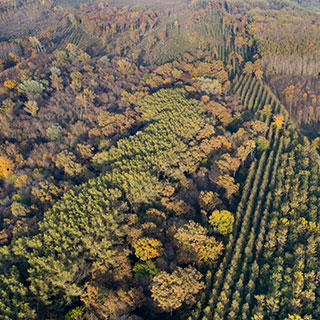
Forest Tree Seedlings
53 products -

Honey Plants
245 products -
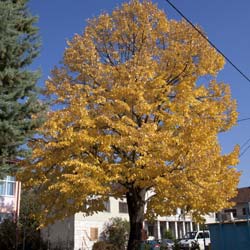
Lime Trees, Tilia
4 products -
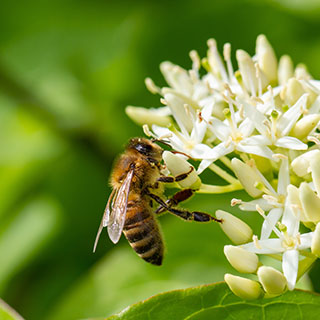
Melliferous Hedge
205 products -

Mountain Gardens plants
194 products -
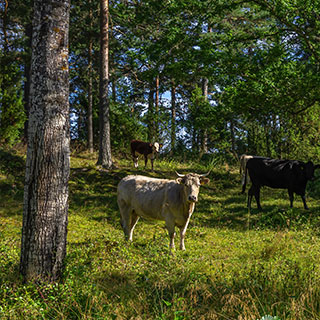
Plants for agroforestry
120 products -
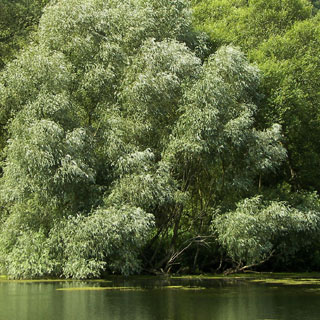
Riparian forest
83 products -
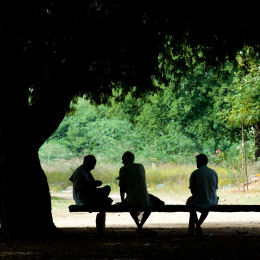
Shade trees
51 products -

Trees, Mature Trees
153 products
-


